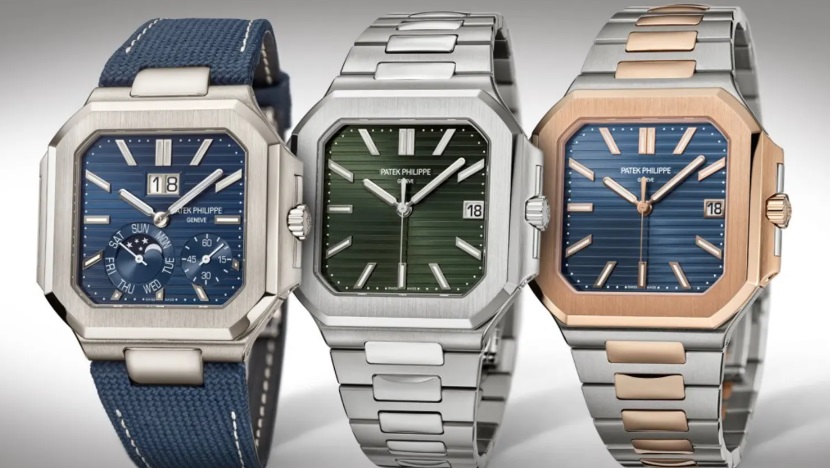
Tissot vs. Mathey-Tissot Watches: What’s the Difference
When it comes to Swiss watchmaking, both Tissot and Mathey-Tissot carry rich histories and produce timepieces that are admired across the globe. Despite the similarity in name, these two brands are entirely separate entities—and each appeals to different kinds of watch enthusiasts. So what’s the real difference between Tissot and Mathey-Tissot watches? Let’s break it down.
The History Behind the Names
Tissot was founded in 1853 in Le Locle, Switzerland, and quickly became a pioneer in watchmaking innovation. The brand is now part of the Swatch Group, the world’s largest watch producer. Tissot is known for its precision, innovation, and accessible luxury.
Mathey-Tissot, on the other hand, was established in 1886 in the Swiss Jura Mountains. Despite the similar name, it has no direct connection to Tissot. Mathey-Tissot built its reputation supplying watches to the U.S. military and earned royal patronage in the early 20th century. Today, it continues to produce classic Swiss watches with vintage charm and affordability.

Design and Build
-
Tissot watches are often sleek, modern, and technologically advanced. They offer both quartz and automatic movements and are known for collections like the PRX, Le Locle, and T-Touch.
-
Mathey-Tissot watches tend to lean into traditional aesthetics—classic dials, elegant hands, and vintage-inspired designs. Popular collections include the Mathey-Tissot Evasion, Vintage Chronograph, and Mathey-Tissot Crater.
Movement and Quality
-
Tissot uses high-grade ETA movements (also Swatch-owned), known for reliability and accuracy. Many of their automatic watches feature the Powermatic 80, which boasts an impressive 80-hour power reserve.
-
Mathey-Tissot uses a mix of Swiss-made quartz and automatic movements, often focusing on value-for-money offerings. Some models use Sellita or Ronda movements, delivering Swiss quality without breaking the bank.
Model Examples and Prices
Here’s a quick look at some popular models from both brands:

🔹 Tissot Watches:
| Model | Type | Price (USD) |
|---|---|---|
| Tissot PRX Powermatic 80 | Automatic | ~$725 |
| Tissot Le Locle | Automatic | ~$600 |
| Tissot Seastar 1000 Quartz | Quartz Diver | ~$475 |
| Tissot Gentleman | Automatic | ~$825 |
🔹 Mathey-Tissot Watches:
| Model | Type | Price (USD) |
|---|---|---|
| Mathey-Tissot Crater Automatic | Automatic | ~$250–$400 |
| Mathey-Tissot Vintage Chronograph | Quartz | ~$150–$300 |
| Mathey-Tissot MT369 | Automatic | ~$350 |
| Mathey-Tissot Dragon MD1886PA | Quartz | ~$275 |
Which Should You Choose?
-
Go with Tissot if you’re looking for well-known Swiss craftsmanship, long-term brand legacy, and advanced movements like the Powermatic 80.
-
Choose Mathey-Tissot if you want an affordable Swiss-made timepiece with vintage flair, especially if you’re exploring your first Swiss watch or want something different without the mainstream tag.
Both Tissot and Mathey-Tissot are Swiss brands with unique identities. Tissot leans into innovation and mass-market appeal, while Mathey-Tissot caters to those who love timeless designs with a touch of individuality. Whichever you choose, you’re getting a slice of Swiss horology—just through different lenses.



